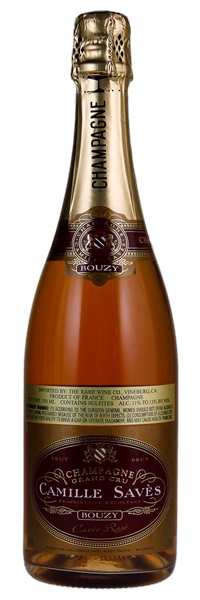Estimate

The NV Brut Rose is a big, lusty wine bursting with rich, dark red fruit, flowers and mint. This large scaled, broad shouldered wine saturates the palate with layer after layer of flavor. It is a fabulous effort.
Smoky, mineral-accented red berries and blood orange on the expressive nose, accented by Asian spices and white flowers. Fleshy and broad on entry, then tighter in the mid-palate, offering intense raspberry, bitter cherry...
Bright and lively, with focused flavors of currant, almond, white cherry and ground ginger, revealing a lacy, detailed mousse. Well-knit.